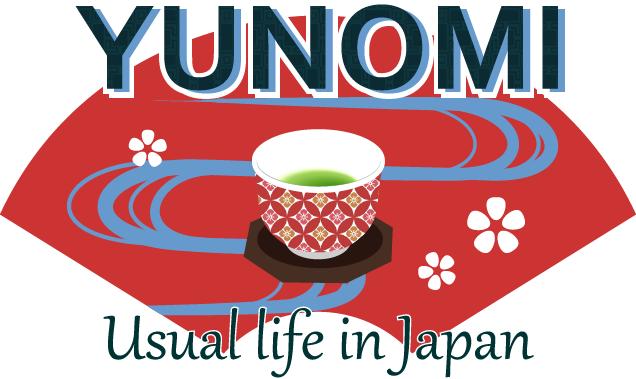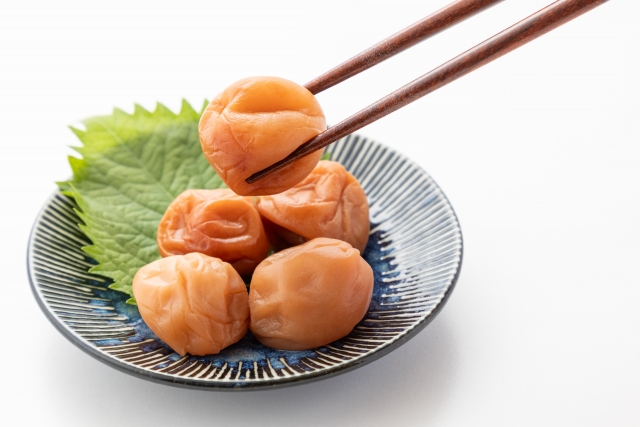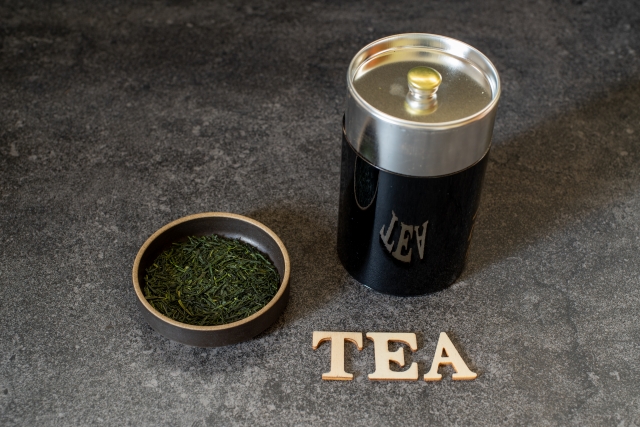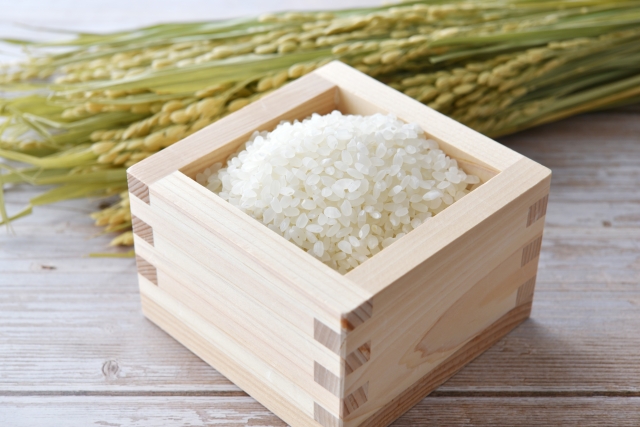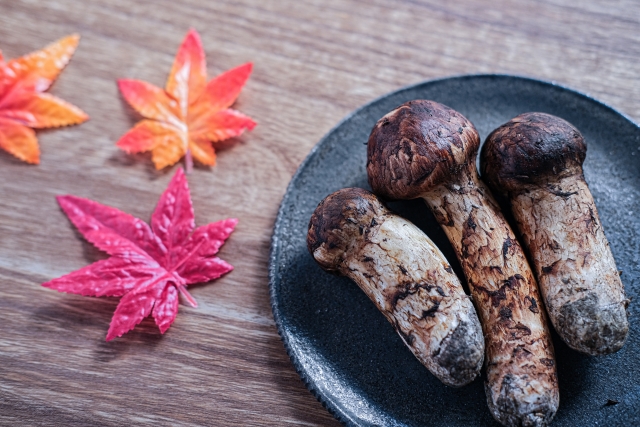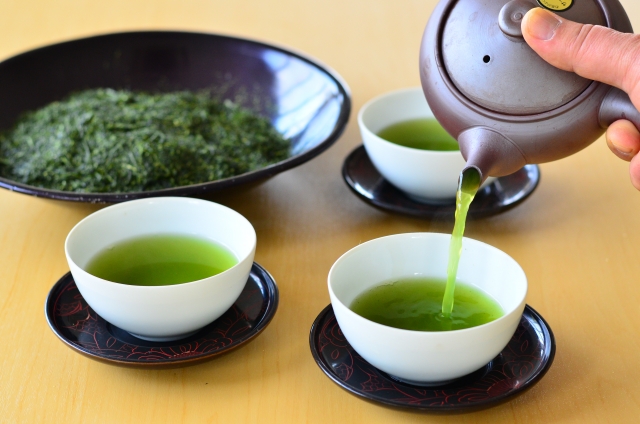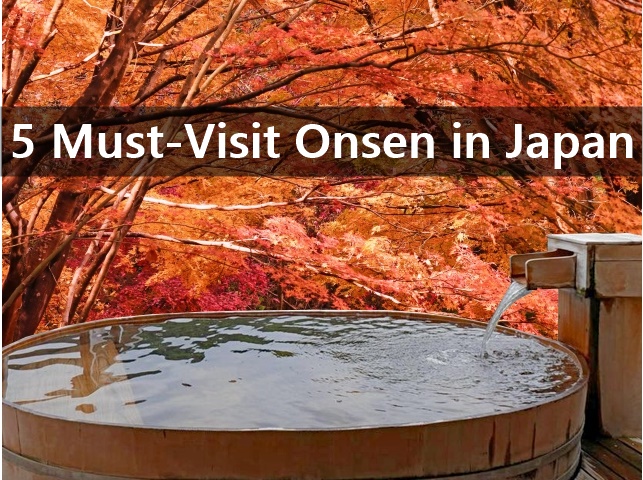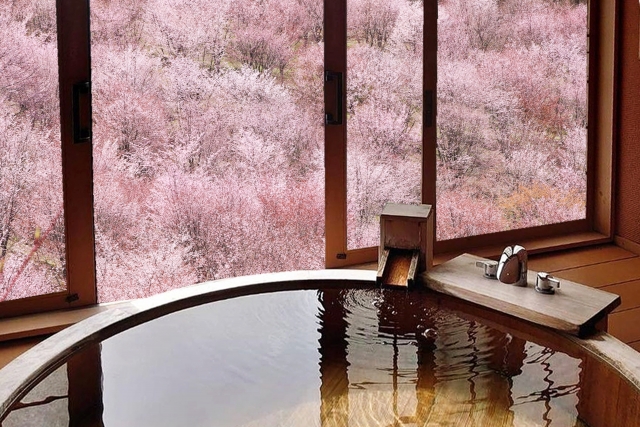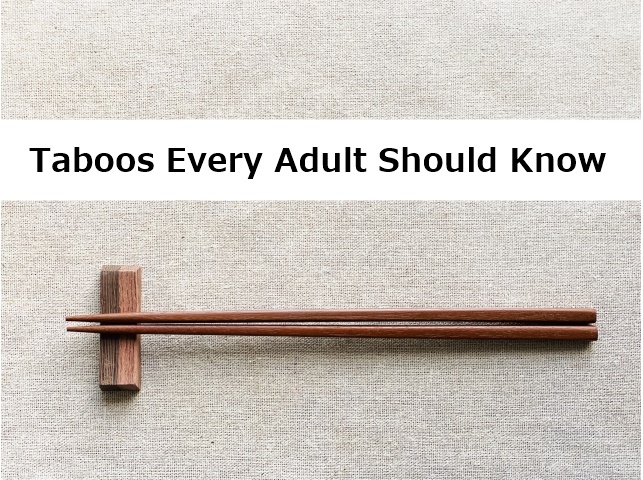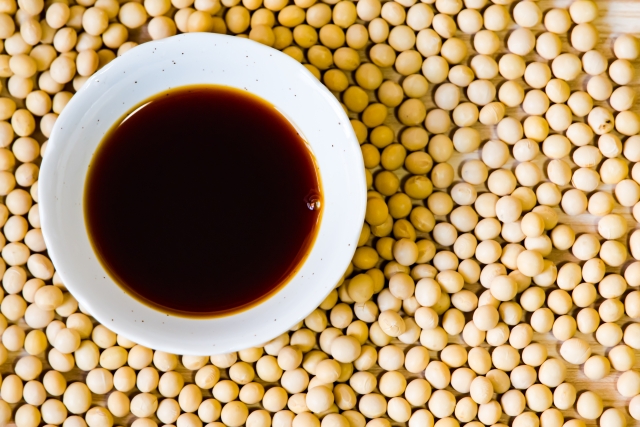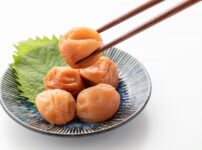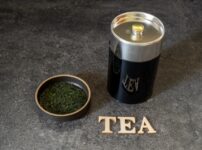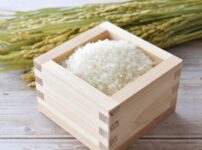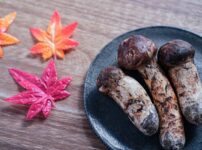NEW ENTRY
Health Benefits of Umeboshi: The Power of Japan’s Pickled Plums
Umeboshi (Japanese pickled plums) are known for their intense sourness and saltiness. When you try umeboshi for the first time, the taste can be surprising, but it pairs perfectly with rice. Truly delicious umeboshi retain the natural sweetness of the plum, with minimal saltiness, resulting in a refreshing and refined flavor. The aroma of shiso (perilla) enhances this flavor, making it an essential part of the Japanese dining table. What is Umeboshi? Umeboshi is made by pickling Japanese plums in salt and drying them under the sun. During this process, fermentation enhances the sour flavor of the plums. Umeboshi contains citric acid and other nutrients, and has long been believed to have medicinal properties. The First Umeboshi Experience When you taste umeboshi for the first time, you might be surprised by its extreme sourness, often causing a rush of saliva that catches you off guard. It's a unique experience—one that may leave you thinking, "What just happened?" This is the power of umeboshi. What’s even more interesting is that after this initial encounter, simply seeing an image of umeboshi can trigger that same rush of saliva. This is a classic example of conditioned reflex—once you’ve experienced it, the mere sight of umeboshi brings back the taste, and the saliva follows. How to Make Umeboshi Selecting the Plums Start with firm, unblemished green plums. Salting the Plums The plums are pickled in salt for several days to draw out moisture. The amount of salt used is typically around 20% of the plum's weight. ...
The Beauty and Functionality of the Japanese Tea Caddy: A Traditional Storage Solution
A tea caddy, or "chazutsu" in Japanese, is an essential item for storing tea leaves. It preserves the freshness and flavor of tea by protecting it from oxygen, humidity, light, and odors. In this article, we’ll explore the history, types, and craftsmanship behind tea caddies, as well as their cultural significance and tips for choosing the best one. The History and Background of the Japanese Tea Caddy The history of the tea caddy dates back to the Edo period when the popularity of Japanese tea surged. As tea leaves are sensitive to moisture and oxygen, traditional tea caddies were created to ensure long-term storage. Early caddies were made primarily from metal, offering excellent protection. Today, Japan’s oldest metal tea caddy maker, Kaikado, continues to produce high-quality handmade tea caddies using techniques passed down through generations. Over the centuries, wooden tea caddies also became popular, known for their natural beauty and craftsmanship. Whether metal or wood, the tea caddy is more than a storage container—it represents the skill of Japanese artisans and has become an important part of Japanese tea culture. Types of Tea Caddies and Their Characteristics Tea caddies come in different materials, each offering unique benefits for storing tea leaves. The two most popular types are metal and wooden tea caddies. Metal Tea Caddies Materials: Typically made from tin, stainless steel, or brass. Features: Metal tea caddies are highly durable and provide excellent airtight sealing to protect tea leaves from oxidation, moisture, and light. The double-lid design found in many metal ...
Japanese Rice: A Unique Staple Loved Around the World
Rice is a staple food consumed globally, but the types of rice and methods of cooking vary by country. Japanese rice, in particular, is known for its unique texture, flavor, and cultural significance. In this article, we’ll explore how Japanese rice differs from other varieties around the world, its characteristics, cooking methods, and health benefits. Rice Around the World: Varieties and Differences Rice is grown and consumed in various forms worldwide. Here are some of the most common types: Long-Grain Rice (e.g., Basmati, Jasmine): Popular in South and Southeast Asia, long-grain rice is light and fluffy with separate grains. It’s often used in dishes like biryani and stir-fry. Medium-Grain Rice (e.g., Arborio, Carnaroli): Mainly used in Italian cuisine, medium-grain rice has a slightly sticky texture, making it perfect for creamy dishes like risotto. Short-Grain Rice (e.g., Japonica): This is the most common type grown and eaten in Japan. Short-grain rice is sticky and ideal for dishes like sushi or rice balls. Unique Characteristics of Japanese Rice Japanese rice, particularly the Japonica variety, stands out from other types due to several key characteristics: Sticky Texture Japanese rice contains high levels of amylopectin, a type of starch that gives it its distinct sticky texture. This stickiness helps the rice grains cling together, making it perfect for eating with chopsticks or shaping into rice balls or sushi. Moisture Content When cooked, Japanese rice retains a higher moisture content, resulting in a soft, plump, and chewy texture. The balance of moisture allows each grain to ...
Matsutake: Japan's Most Prized Autumn Delicacy
Matsutake is one of Japan’s most treasured autumn foods, known for its rarity, rich aroma, and delicate flavor. However, while highly prized in Japan, the strong scent of matsutake often evokes mixed reactions from foreigners. In this article, we’ll explore the characteristics of matsutake, how it’s enjoyed, and what foreigners think about its unique fragrance. 1. What is Matsutake? Matsutake (scientific name: Tricholoma matsutake) is a wild mushroom that grows primarily in pine forests. It thrives in symbiosis with red pine trees, making it nearly impossible to cultivate. The matsutake season is short, limited to autumn, adding to its exclusivity and status as a luxury ingredient in Japan. 2. Why is Matsutake So Expensive? Several factors contribute to the high price of matsutake: Rarity: Matsutake only grows under specific conditions, and the loss of pine forests in Japan due to pests and deforestation has reduced the supply. Seasonality: The short autumn harvest window increases its demand as a seasonal delicacy. Labor-Intensive Harvesting: Since matsutake cannot be cultivated, skilled foragers must carefully harvest them by hand to avoid damaging the delicate forest ecosystem. In Japan, prices for matsutake range from a few hundred to thousands of yen per mushroom, depending on size and quality. 3. How to Enjoy Matsutake Matsutake's distinct aroma and flavor are highly valued in Japanese cuisine. Here are some traditional ways to enjoy it: Matsutake Dobin Mushi A classic autumn dish, matsutake is steamed in a teapot with shrimp, ginkgo nuts, and other seasonal ingredients. The aromatic broth is poured into ...
The Custom of Removing Shoes in Japan: Tradition, Manners, and Practical Tips
For many foreigners visiting Japan for the first time, the custom of removing shoes might seem both intriguing and unique. This article will explore the cultural background behind this tradition, explain where and when you need to remove your shoes, and offer tips on how to do so properly to respect Japanese customs. Cultural Background: Harmony with Nature and the Sanctity of the Home In Japan, cleanliness and harmony with nature are highly valued cultural concepts. The practice of removing shoes is a part of this tradition. Historically, Japanese homes were built with natural materials such as tatami (woven straw mats) and wooden floors, which are easily damaged by shoes. By removing shoes, Japanese people not only protect these delicate floors but also keep the house free of dirt from outside. This custom also reflects the importance of separating the "impurities" of the outside world from the "purity" of the home, which is seen as a sacred and private space. Where and When Should You Remove Your Shoes? In Japan, removing shoes is expected in various settings. It is important to know when and where this custom applies to avoid any misunderstandings. Here are some key examples: At Home When entering a Japanese home, always remove your shoes at the genkan (entryway). Shoes are placed on the lower step, and you are usually provided with indoor slippers. This helps keep the home clean and free from outside dirt. Tatami Rooms In traditional inns (ryokan) or restaurants with tatami rooms, you must ...
